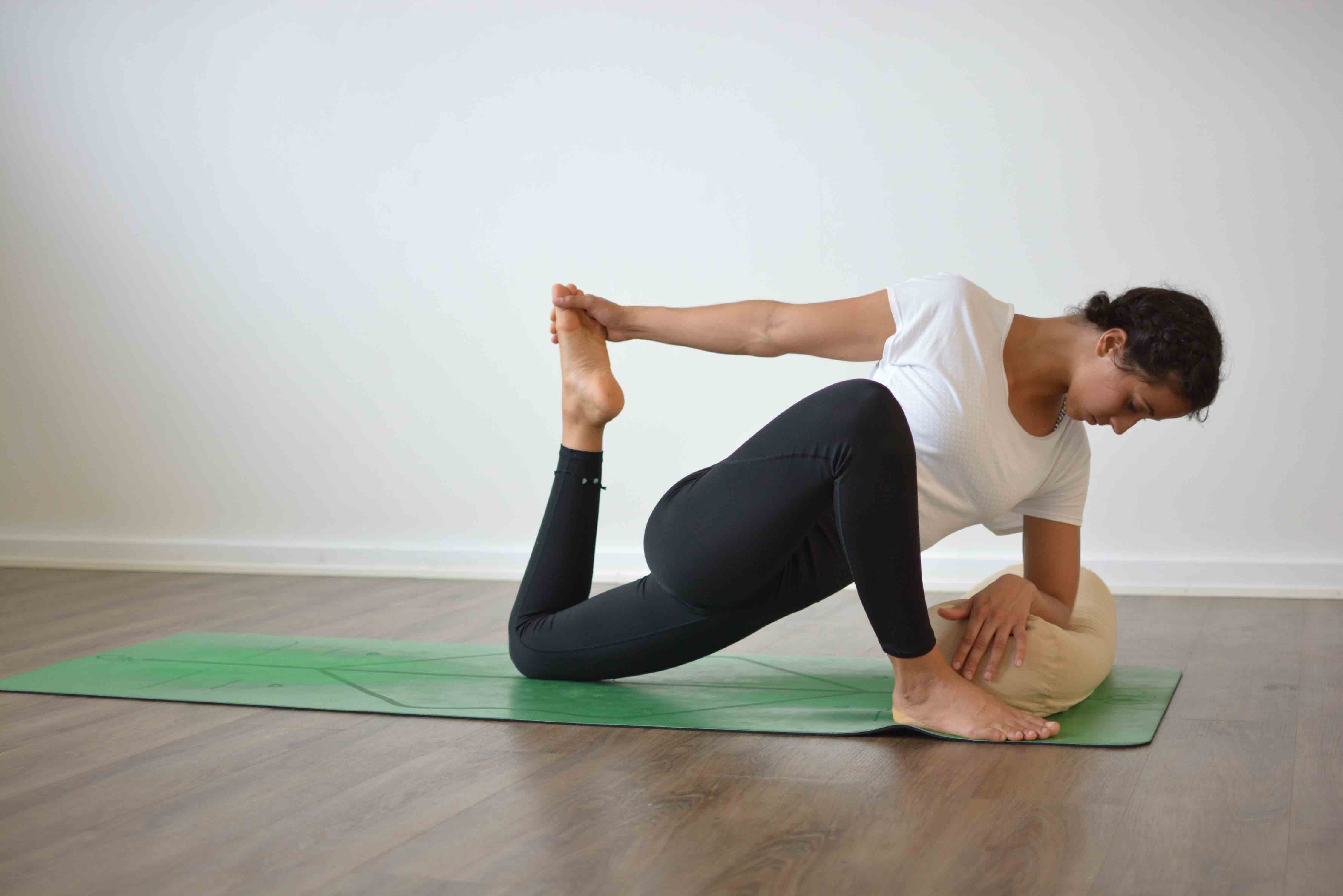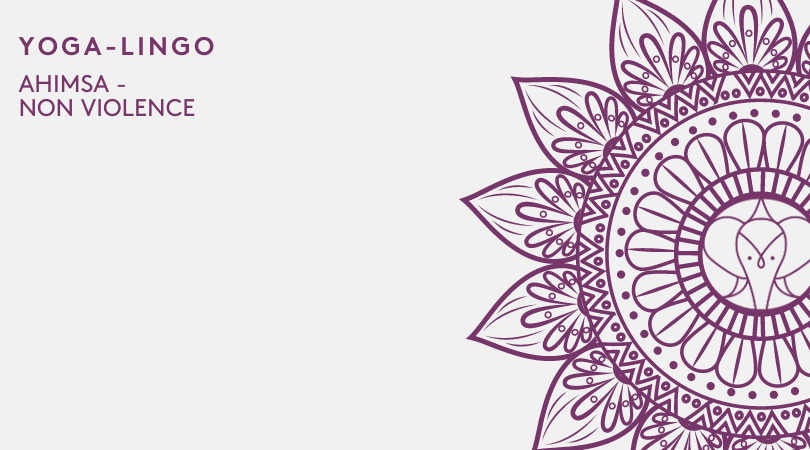Quads / Quadriceps Femoris and Yoga
Anatomy of the Quadriceps - Essential yoga body parts
Your quadriceps femoris is one of the largest muscles in your body, and it's one of my favorites too. This familiar muscle is located on the front of the thigh and conducts most of our knee movements together with the hamstrings.
The quadriceps femoris consists of four different parts. These parts include the vastus medialis, the vastus lateralis, the vastus intermedius, and the rectus femoris. All of these components work together to straighten the knee.
The quadriceps femoris forms part of the fascia, a connective tissue that extends throughout the entire body. Since the fascia can inhibit movement as a result of inflammation due to repetitive sports like running and cycling, the quads can be affected. Fortunately, yoga is an effective fascial release method.
Vastus Medialis
This section of the quads originates at the upper two-thirds of the femur. The vastus medialis is located on the inner side of the thigh and gives the upper leg on this side its typical appearance.
Vastus Lateralis
The vastus lateralis is located on the opposite side of the vastus medialis and originates at the upper and lateral sides of the femur.
Vastus Intermedius
This section of the quads is located between the vastus medialis and vastus lateralis on the front of the thigh. The origin of this muscle is the upper and lateral section of the thigh.
Rectus Femoris
This part of the quadriceps originates from higher up on the leg on the anterior inferior iliac spine, located at the front of the pelvis. This muscle passes to the front of the thigh from the anterior inferior iliac crest, where it inserts on the top of the vastus intermedius.
The rectus femoris is a two-joint muscle that influences the hip joint and the knee. It works in collaboration with the psoas to flex the hip. That's why you often feel your quads burning as you work to strengthen your hip flexors.
Quadriceps and the Hamstrings
In the body, muscles tend to work in pairs. Quadriceps and hamstrings work together to create knee movement.
As you contract your quads, the leg straightens (knee extension), and as you contract your hamstrings, the leg bends (knee flexion). These two groups of muscles create something called co-contraction. This means that as you move into a forward fold and engage your quads, your hamstrings will not only stretch but also engage/contract.
Your hamstrings contracting as they are being stretched is a beautiful thing because it's known from movement science that contracting muscles during a stretch is a great way to increase flexibility.
Pic from body anatomy
Length and Strength
If you practice yoga, your primary objective with your quadriceps femoris, as is the case with other muscle groups, is to strengthen and lengthen the muscles to increase flexibility, reduce the risks for injuries, and carry out your poses more gracefully and effortlessly.
Quad stretches yoga poses should be completely comfortable, and you shouldn't experience any pain. As you hold a stretch, the tightness should either stay the same or fade. If the sense of tightness increases, you're stretching too hard and may risk injury.
There are several quad stretches for sore quads and stiff thigh muscles. If you want to stretch the rectus femoris, you have to find hip extension and knee flexion. Asanas, like the back leg of Dancer's Pose, will extend your rectus femoris. You can also consider the back lunge with your back foot pulled closer to your bottom.
If you want to stretch your vastus medialis, vastus lateralis, or vastus intermedius one of the best quads stretches in a yoga pose is tChild'sd’s Pose. During this posture, the vasti will also experience sufficient lengthening while achieving hip flexion with knee flexion.
Yoga Poses to Strengthen Quadriceps
When it comes to strengthening your quadriceps femoris, you have many options. You can even include quad stretches yoga with your strengthening postures.
All standing poses where you hold your knee flexed will increase the strength of your quad. These poses include, among others, the Warrior I, Warrior II, Parsvokanasa, and High Lunges.
You can also do concentric and eccentric work to increase the strength of your quads. One of the most effective ways to do eccentric work is to deepen a high lunge by lowering yourself until your back knee touches the floor. After your knee touches the floor, straighten both knees and return to your original position. Straightening the knees constitutes the concentric part of your quad workout.
Repeat this movement as many times as you can.
Another effective way to increase the strength of your quads is with squats. If you prefer yoga poses or asanas, the Chair Pose is perfect for quadriceps femoris strengthening. Standing up from the squats is perhaps the part that works your quad muscles the most.
Conclusion
Strengthening and lengthening your quads can profoundly influence your yoga practice. Take some time to understand yoquadriceps'ps' underlying mechanism and anatomy, adon'tn’t ignore this muscle group while working out.
Equally important: do not overwork your quads as you may injure yourself or have sore legs the following day.
Works Cited
Keil, D. (2014, July 20). The Quadriceps Muscles. Retrieved from www.yoganatomy.com: https://www.yoganatomy.com/qua...









